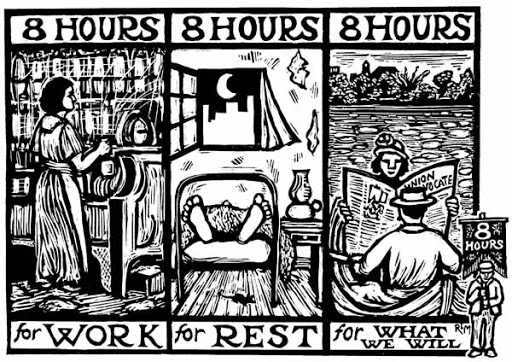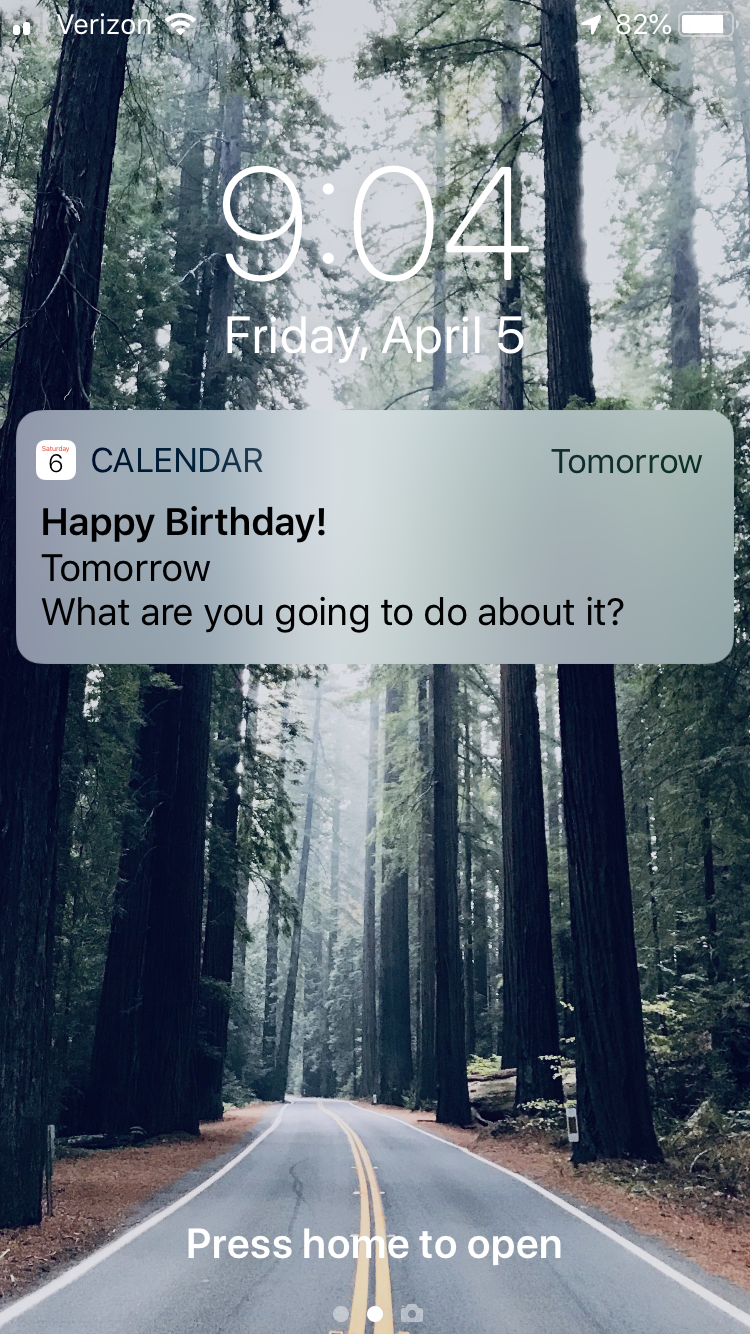
I’ve been curious about the Enneagram for a while now. (This site is a good one. And I found this one helpful, too.) It’s one of the few commonly used assessments – MBTI and DISC come to mind – that I haven’t personally used or utilized with my clients. If I’m honest, the name alone was a big part of my avoidance. It smacks of something not quite legitimate, a sort of dressed-up astrology.
Some recent reading – specifically the work of Richard Rohr – pointed me to it in a fresh way and I decided to have a closer look. As I dug into it I found one description that encouraged me to continue. To paraphrase, “the Enneagram isn’t designed to put you in box but to help you get out of the one you are already in.”
As a self-identified Enneagram “4” (The Romantic or Individualist), my “box” on the tough days is one of envy, separation, idealization and disillusionment. It is a pattern of disconnection, of relationship only to myself. Mind you, there are good things about “being a 4”. Things like strong intuition, a rich inner life, high sensitivity and passion for creative expression. That said, it’s the darker qualities that are most instructive to me about my relationship patterns, the stories I am continuously writing in and through my experience with others. Until the Enneagram, no tool or method gave me insight this accurate, in just the way I needed to hear it.
Let me pause here and put this into a larger context. I recently wrote a post called The Story of Self, the first of a three-part series. The progression of these posts is intended to highlight the value of deep self-knowledge (I know myself), which translates into relational integrity (I know and rely on others), which further translates into an expansion of our collective capacity for continuous learning (all learning happens in relationship). It’s a sequence that becomes a roadmap for our navigation of complexity and change. It’s the essence of what I write and teach and this short series is an effort to consolidate and capture my present experience working with these elements.
As I was writing the The Story of Self I was keenly aware of the fact that so much of the discovery of the true self happens through relationship with others. You can sit on a mountaintop or in an open meadow all you like – and we all should do so a bit more often, I think – but until you interact with others you cannot have an accurate understanding of yourself. Others reflect who you are so clearly – sometimes so painfully – that it’s like staring into the sun. It’s too much to take in. And because it’s overwhelming you might be inclined to back off entirely, continuing with your version of the truth of who you are rather than finding a way to experience just a little bit of that bright sunshine. (Remember how you watched an eclipse in grade school?) That’s certainly been true for me.
And it’s confusing and a little awkward how it works: You need self-knowledge to build strong relationships and you need strong relationships to build self-knowledge. The remedy to this conundrum is to associate with people who challenge and maybe even scare you a little. There’s a wise person inside of you who knows that you need to be pushed, sometimes pushed hard, in order to grow and that wise person will work hard to lead you to people who can do that for you. It’s probably someone older, though not always. They are probably in a position of authority or they have experience that you admire and respect. And they probably aren’t going to need an invitation to let you know how they experience you. Out of love for you and belief in you they are going to let you in on the secret of how you’re showing up, how you’re impacting others around you and they are going to push you to do better.
I met one of those people about 11 years ago and it wasn’t an easy relationship at first. I didn’t enjoy the discomfort of the feedback but I also knew – that wise part of me knew – that it was slowly shaping me into the version of me that was possible. The person I wanted to be. But like staring into that full sun, it could be too much at times. Some days I could only take a pinhole of that bright light.
What I know for sure is that without experiencing that pinhole of light, consistently and over time, I would not be equipped today to willingly – and still sometimes haltingly – look for tools like the Enneagram to continue my learning. I would not be equipped to see myself more clearly, to notice my patterns and, especially in the context of my relationships, to self-correct as needed.
The Story of Us is that we can’t go it alone. We are here to be together. To work together. To struggle together. To challenge one another. To love. To learn. To grow.
When doing so gets hard, when it makes me want to move away from connection, to shut out others and disappear into myself, I strive to recall when our kids were young. At bedtime they would ask that we leave the door cracked open just a little bit.
They wanted – they needed – that slice of light to reassure them that they were not alone.
DAVID BERRY is the author of “A More Daring Life: Finding Voice at the Crossroads of Change” and the founder of RULE13 Learning. He speaks and writes about the complexity of leading in a changing world.



